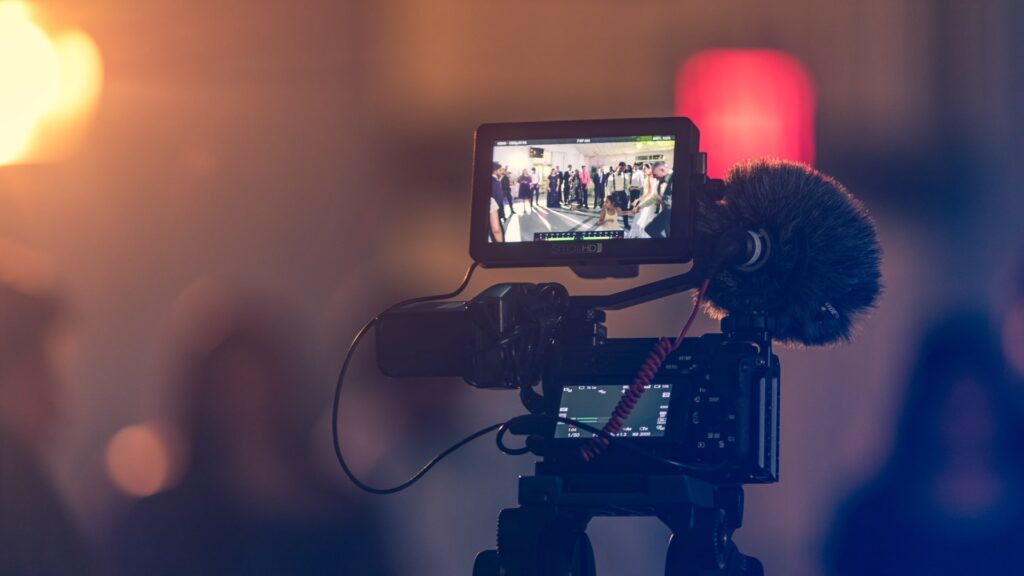
As we move further into the 21st century, film production is changing at an unprecedented rate. In order to stay ahead of the curve, it’s important for aspiring filmmakers to be aware of these changes and understand how they will impact the industry moving forward.
In this article, we’ll explore the key trends that are shaping the future of film production and discuss what you need to know in order to take advantage of them, as suggested by the expert business advisor and develop Dylan Sidoo.
The Different Types of Film Productions:
There are many different types of film productions, from small independent films to big studio blockbusters. The type of production will usually dictate the size of the budget, the scope of the project, and the level of creative control that the filmmakers have.
- Independent films are typically made with a smaller budget and crew and often have a more personal or experimental vision. These films often take longer to make as they don’t have the same level of resources as a studio production.
- Studio productions, on the other hand, are usually overseen by a team of executives and are more focused on commercial success. These movies tend to have larger budgets and star bigger-name actors but may sacrifice some artistic integrity in favor of the mass appeal. There are pros and cons to both types of productions, but ultimately it’s up to the filmmakers to decide what kind of movie they want to make.
How to Choose the Right Type of Technique:
There are many different types of techniques, each with its own strengths and weaknesses.
- For example, hand-held cameras are great for capturing candid footage, but they can be shaky and hard to keep in focus.
- Similarly, steadicams produce smooth and steady shots, but they can be expensive and difficult to operate.
- Choosing the right type of technique will depend on the specific needs of your project.
- If you’re shooting a documentary or news interview, for example, you’ll probably want to use a hand-held camera to capture spontaneous moments.
- On the other hand, if you’re shooting a music video or commercial, you’ll probably want to use a Steadicam to create sleek and professional-looking shots.
No matter what type of project you’re working on, it’s important to choose the right technique for the job.
The Future of Film Productions:
The film industry is in a state of flux. Moviegoing is at a twenty-year low, and theatrical releases are struggling to find an audience. At the same time, streaming services are rapidly gaining subscribers, and many viewers are content to watch films at home. This shift in viewing habits has had a major impact on the way films are produced and distributed.
Studios are increasingly focused on releasing event films that will draw large audiences. These blockbusters are often heavily marketed and rely on special effects to draw in crowds. In contrast, independent filmmakers are finding it harder to get their movies funded and distributed.
Endnote:
As a result, we are seeing fewer compelling independent films being released. It is unclear what the future of the industry will look like, but one thing is certain: the landscape is changing.